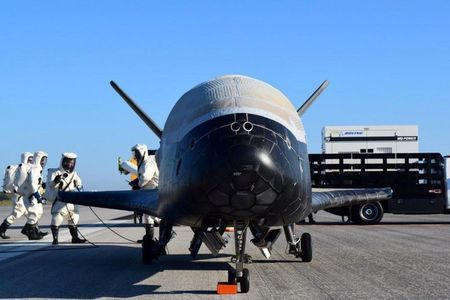Each year, the world’s greatest innovators and inventors gather for the Edison Awards to celebrate “game-changing” developments in technology, engineering, marketing, and design. Here are just some of the innovations that are already transforming our world.
Each year, innovators from across the globe trade in their lab coats and laptops for ties and gowns to honor the nominees at the Edison Awards ceremony in New York City. Over the past three decades, the awards have highlighted the most innovative products and people in science. Last year’s honorees featured Alan Stern, Principal Investigator of NASA’s New Horizons mission to Pluto.








